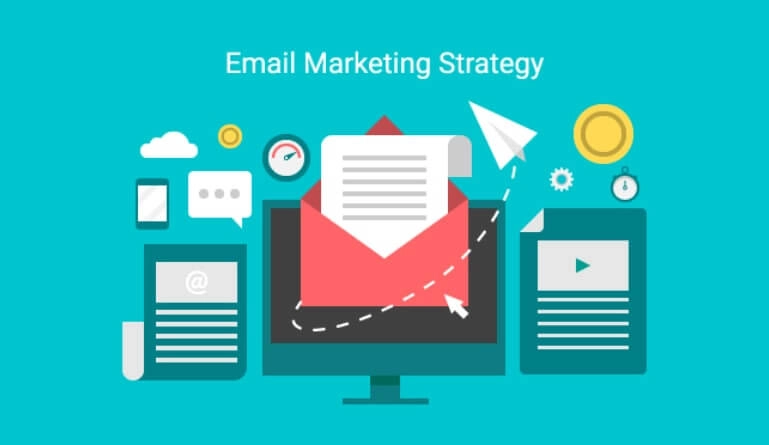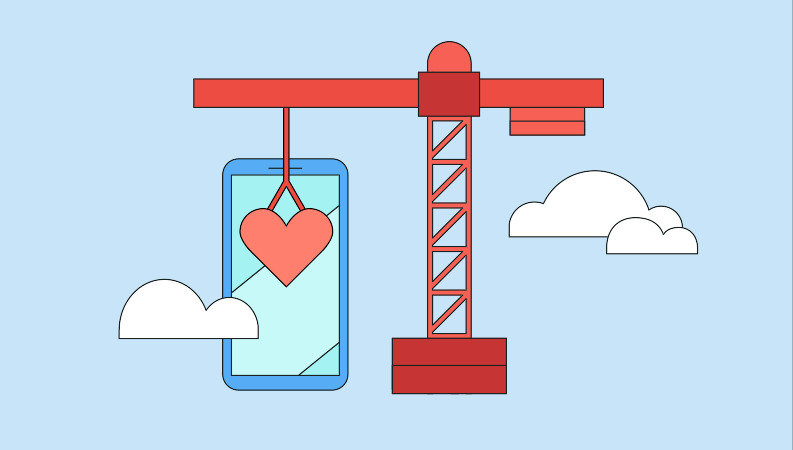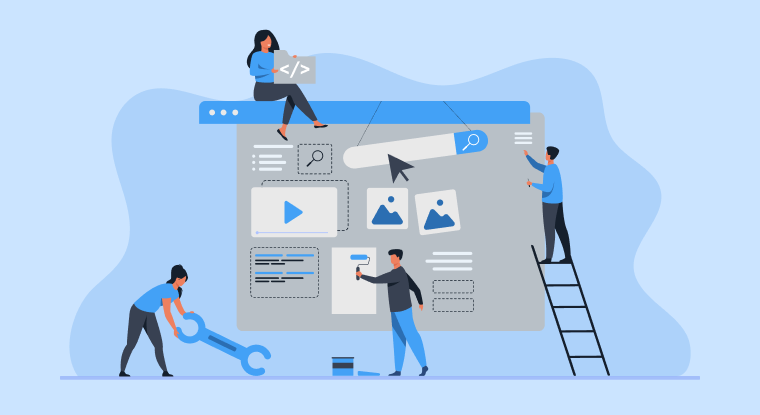In today’s digitally-driven marketplace, email marketing stands as a cornerstone strategy for businesses seeking to engage with their audience effectively. However, as the volume of digital communications increases, managing email campaigns manually becomes progressively laborious and time-consuming. Enter email automation, a revolutionary solution that not only simplifies the process but also enhances efficiency and effectiveness. By harnessing the power of automation, businesses can streamline their marketing efforts, deliver personalized messages at scale, and nurture leads through the sales funnel with precision. In this article, we’ll explore the nuances of email automation and how it can be utilized to optimize marketing endeavors, ultimately leading to success in the competitive landscape of digital marketing.
Email Automation: Streamlining Your Marketing Efforts for Success
In today’s dynamic business environment, where consumers are bombarded with countless marketing messages daily, standing out amidst the noise is paramount. Email automation emerges as a beacon of efficiency, enabling businesses to streamline their marketing efforts and deliver targeted messages that resonate with their audience. Let’s delve into the various facets of email automation and how it can revolutionize marketing strategies for success:
Segmentation for Targeted Communication:
One of the key advantages of email automation lies in its ability to segment audiences effectively. By categorizing subscribers based on demographics, behaviors, or engagement levels, businesses can tailor their messages to specific segments, ensuring relevance and maximizing engagement. Whether it’s sending personalized product recommendations to frequent buyers or nurturing leads with educational content, segmentation allows for more targeted and impactful communication.
Automated Workflows for Timely Communication:
Automation workflows serve as the backbone of email marketing automation, enabling businesses to deliver timely messages triggered by specific actions or events. Whether it’s welcoming new subscribers, following up on abandoned carts, or re-engaging inactive users, automated workflows ensure that the right message reaches the right person at the right time. By automating routine tasks and communications, businesses can free up valuable time and resources, allowing them to focus on more strategic initiatives.
Personalization for Enhanced Engagement:
Personalization lies at the heart of effective email marketing, and automation facilitates personalized communication at scale. From addressing recipients by name to dynamically inserting relevant content based on past interactions, personalization creates a more intimate and engaging experience for subscribers. By leveraging data and automation tools, businesses can deliver highly targeted and relevant messages that resonate with their audience, driving higher open and click-through rates.
Welcome Series for Onboarding New Subscribers:
The welcome series is a critical component of email automation, serving as the first point of contact for new subscribers. This series of automated emails introduces subscribers to the brand, sets expectations, and provides valuable information or resources. By nurturing new subscribers from the outset, businesses can establish a strong foundation for long-term engagement and loyalty.
Drip Campaigns for Lead Nurturing:
Drip campaigns are a powerful tool for lead nurturing, delivering a series of automated emails over time to guide leads through the sales funnel. Whether it’s educating prospects about the benefits of a product or service or offering exclusive discounts to encourage conversion, drip campaigns enable businesses to stay top-of-mind and provide value at every stage of the customer journey.

Re-Engagement Campaigns for Inactive Subscribers:
Inactive subscribers represent a missed opportunity for businesses, but re-engagement campaigns can help win them back. By identifying inactive subscribers and delivering targeted re-engagement emails, businesses can reignite interest and encourage subscribers to re-engage with their brand. Whether it’s offering incentives, exclusive content, or special promotions, re-engagement campaigns give businesses a second chance to reconnect with their audience.
Abandoned Cart Emails to Recover Lost Sales:
Abandoned cart emails are a proven tactic for recovering lost sales and maximizing revenue. By automatically sending reminder emails to customers who have left items in their cart, businesses can prompt them to return to their website and complete the purchase. Offering incentives such as discounts or free shipping can incentivize customers to take action, turning abandoned carts into completed transactions.
Analytics and Reporting for Performance Tracking:
Analytics and reporting are essential components of email automation, providing businesses with valuable insights into the performance of their campaigns. By tracking metrics such as open rates, click-through rates, and conversion rates, businesses can measure the effectiveness of their email automation efforts and identify areas for improvement. Armed with data-driven insights, businesses can refine their strategies and optimize their campaigns for better results.
Continuous Optimization for Better Results:
Email automation is not a set-it-and-forget-it solution; it requires continuous optimization and refinement to drive ongoing success. By testing different subject lines, email content, and automation triggers, businesses can identify what resonates with their audience and adjust their strategies accordingly. Through continuous experimentation and optimization, businesses can maximize the impact of their email automation efforts and achieve better results over time.
Compliance and Consent for Legal Compliance:
In the era of data privacy and regulation, compliance is paramount in email marketing automation. Businesses must ensure that they obtain proper consent from subscribers and provide clear opt-out options in compliance with regulations such as GDPR or CAN-SPAM. By respecting subscribers’ preferences and privacy rights, businesses can build trust and credibility with their audience.
Email Automation: Streamlining Your Marketing Efforts for Success
In the fast-paced world of digital marketing, where consumer attention is a prized commodity, finding efficient and effective ways to connect with your audience is paramount. Among the myriad of strategies available, email automation stands out as a powerful tool for marketers to streamline their efforts, deliver personalized messages, and drive engagement. In this article, we’ll explore the importance of email automation, its benefits, key strategies for implementation, best practices for optimization, and how it can help businesses achieve marketing success.

The Importance of Email Automation
Email automation revolutionizes the way marketers communicate with their audience by leveraging technology to send targeted and personalized emails automatically. This allows marketers to engage with their audience at scale, delivering the right message to the right person at the right time. With email automation, marketers can nurture leads, re-engage inactive subscribers, and guide prospects through the customer journey with minimal manual effort.
Benefits of Email Automation
The benefits of email automation are manifold. Firstly, it saves time and resources by eliminating the need for manual email sends, allowing marketers to focus on other strategic initiatives. Secondly, it enhances efficiency and effectiveness by delivering timely and relevant messages that resonate with recipients. Additionally, email automation enables marketers to scale their efforts and reach a larger audience without sacrificing personalization.
Key Strategies for Implementing Email Automation
Implementing email automation successfully requires a strategic approach. Key strategies include:
- Segmentation: Divide your email list into smaller, more targeted segments based on criteria such as demographics, behavior, or purchase history.
- Automated Workflows: Create sequences of emails triggered by specific actions or events, such as sign-ups, purchases, or website interactions.
- Personalization: Tailor email content to each recipient’s preferences, interests, or past interactions to increase engagement and relevance.
- Analytics: Track and measure the performance of your email automation campaigns to identify areas for improvement and optimization.
Best Practices for Optimizing Email Automation Campaigns
To maximize the effectiveness of email automation campaigns, marketers should follow best practices such as:
- Continuous Testing: Experiment with different subject lines, email content, and automation triggers to identify what resonates best with your audience.
- Compliance: Ensure compliance with regulations such as GDPR or CAN-SPAM to maintain legal and ethical email marketing practices.
Conclusion
Email automation is a game-changer for marketers looking to streamline their efforts and achieve success in the digital landscape. By leveraging technology to deliver targeted and personalized messages at scale, businesses can engage with their audience more effectively, nurture leads, and drive conversions. By implementing key strategies and following best practices for optimization and compliance, marketers can unlock the full potential of email automation and achieve their marketing goals with ease.
In essence, email automation isn’t just about sending emails—it’s about building meaningful connections with your audience, guiding them through their journey, and ultimately driving results for your business. With the right strategy and tools in place, email automation can be a powerful ally in your marketing arsenal, helping you achieve success in today’s competitive landscape.
 naTabanu natabanu – sve online serije na jednom mestu.
naTabanu natabanu – sve online serije na jednom mestu.



